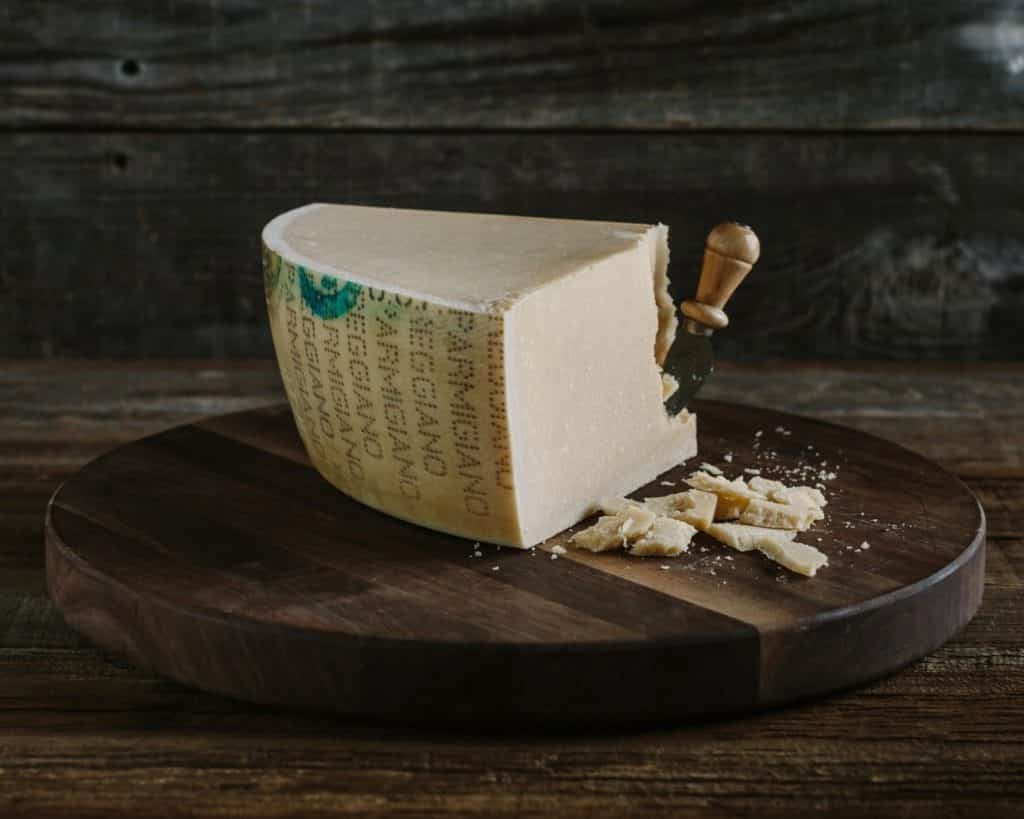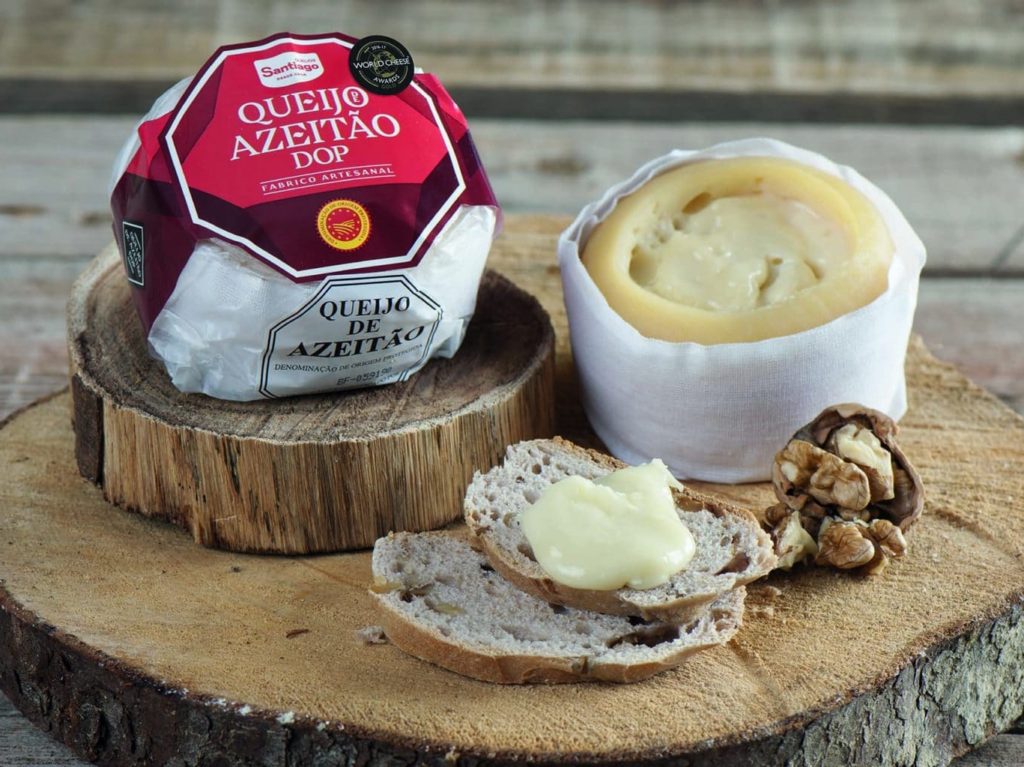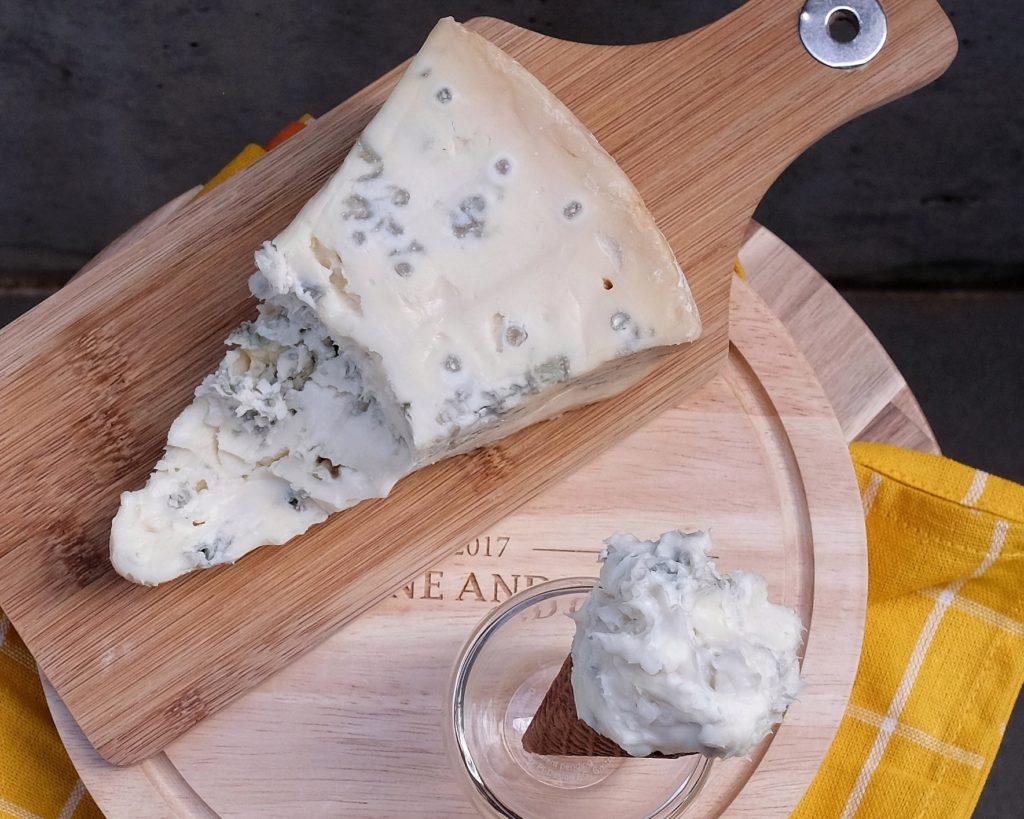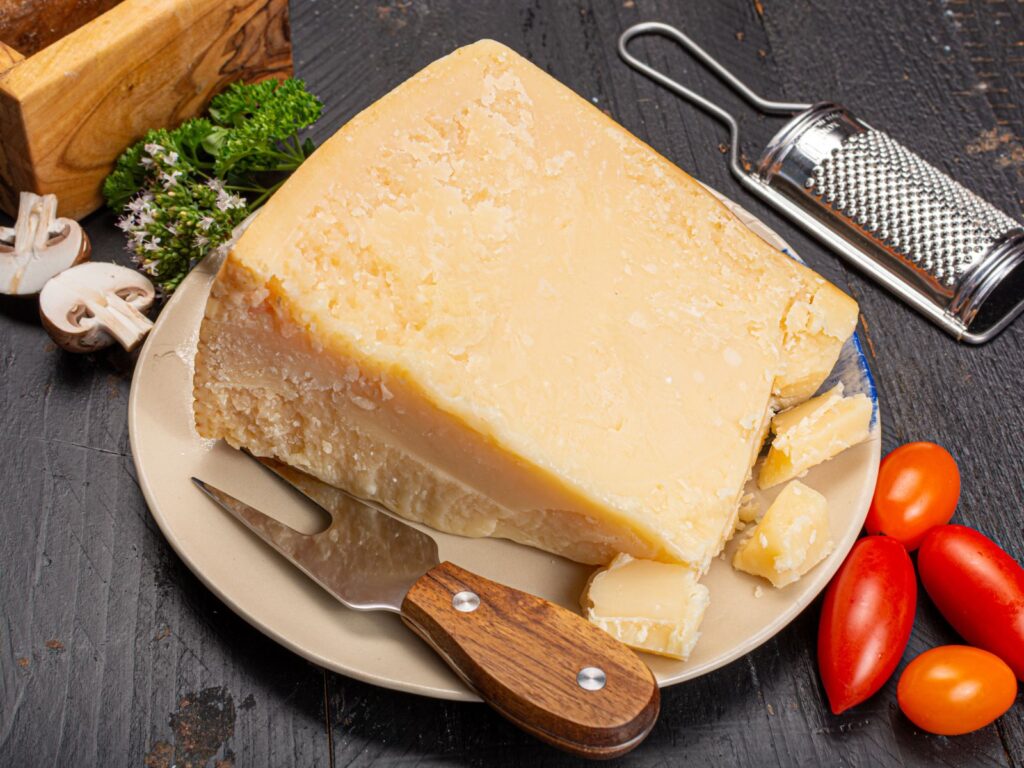Italy is renowned for its Grana-style cheeses. While Parmigiano Reggiano if often considered to be the king, Pecorino Romano is no less deserving of such a mantle.
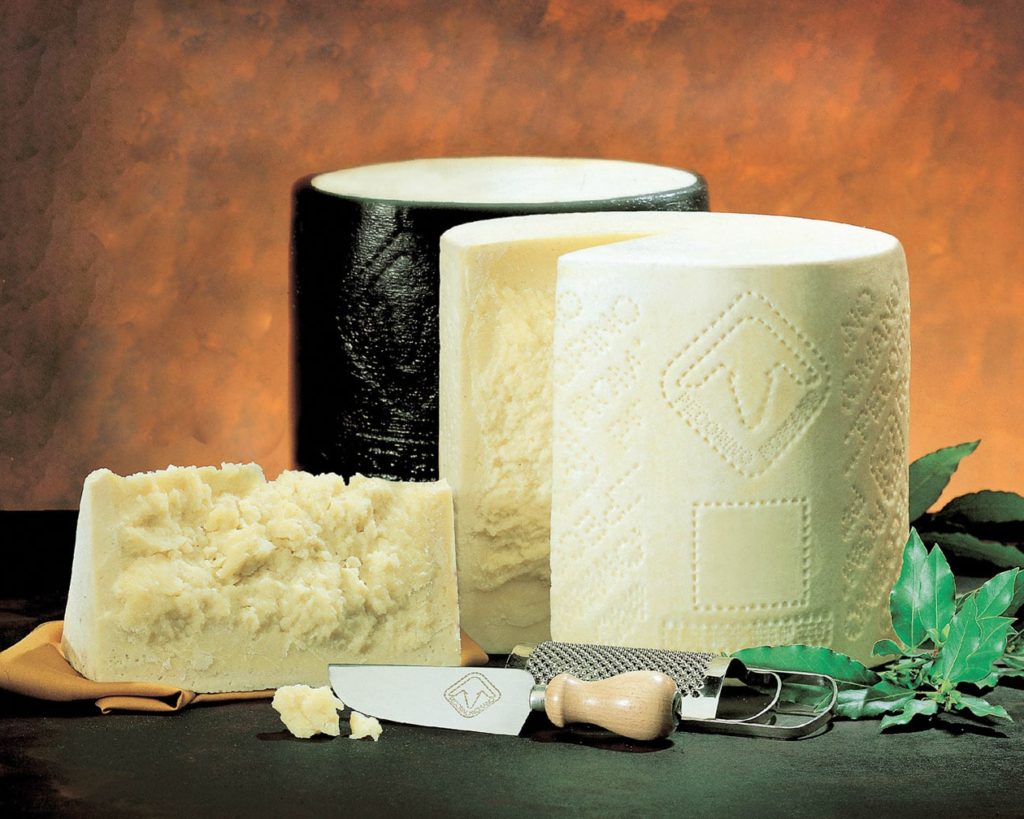
What is Pecorino?
Pecorino Romano is a pressed cooked cheese that originates from the Lazio region of central Italy. Actually, this grana-style cheese is one of Italy’s oldest cheeses with records of its existence dating back to the 2nd century. Indeed, the Roman legions used it as a staple in their diet alongside bread and farro soup.
As a matter of fact, pecorino means of sheep origin. Therefore, the name could be used to describe any sheep’s milk cheese. Consequently, similar cheeses made in Tuscany are called Pecorino Toscano and, in Sardinia, Pecorino Sardo.
How Pecorino Romano is made
Firstly, the cheesemaker heats the raw sheep’s milk to 68°C before transferring it to the vats. Subsequently, they add a proprietary enzyme and rennet to form the curd.
After cooking, they press the curd for up to 30 minutes and divide the solid mass into blocks. Then, they move the blocks into cylindrical moulds. Overall, this process allows the whey to drain. Afterwards, the cheesemaker cools the cheese, brands it with the iconic markings and dry salts it.
By the time it reaches five months, Pecorino Romano PDO can be consumed as a table cheese. Moreover, after eight months, it can be sold as a grating cheese.
What Pecorino Romano tastes like
Each wheel of Pecorino Romano has a diameter of 25 to 35 cm and weighs between 20 and 35 kg. They have a thin ivory rind and a white or pale yellow interior with small eyes.
On the nose, the younger cheese is aromatic and with a slightly spicy flavour. On the other hand, the more mature cheese (from eight months) is more crumbly with a piquant, smokey and intensely savoury flavour.
How to serve Pecorino Romano
Pecorino Romano is an excellent table cheese, particularly when combined with fresh vegetables and fruit. At eight months, Italians enjoy it grated on classic Italian dishes such as Bucatini all’Amatriciana, Spaghetti Cacio e Pepe and Tripe alla Romana.
In addition to this, you can pair it with a glass of big, bold Italian red wine like Barolo or a Pale Ale.
Thank you for reading
Thank you for reading this post about yet another amazing artisanal cheese. Have you tried this cheese before? Drop us a comment below with your thoughts.
If you enjoy learning about new cheeses, you can subscribe to our newsletter below. You will hear from us about once a week as we share new cheese profiles with you.
Finally, keep scrolling to find some more cheeses and recipes that have been recommended for you. Keep it cheesy!
